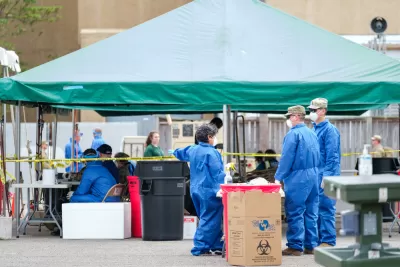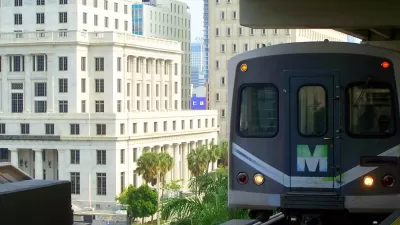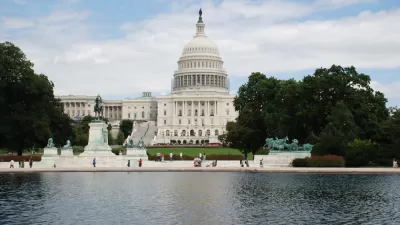Congressional leaders are discussing the shape and size of the next federal stimulus bill. The following critique argues that the next bill should do more to expand testing, contact tracing, and quarantine capacity at the state level.

Ben Adler takes a look forward at the likely shape of the next federal stimulus and makes a brutal assessment of the federal government's approach to the public health and economic crisis facing the country: "Congress remains perversely determined to treat the symptoms, rather than the illness."
Instead of addressing the public health crisis directly (the illness), according Adler, "the disaster that the next round of stimulus will address, according to media accounts, is the same as the last one: the financial losses to businesses and workers caused by the social distancing measures put in place to limit the spread of the new coronavirus."
While funding for hospitals and an economic safety net for businesses indirectly supports the fight against the coronavirus, according to Adler, restarting the economy and defeating the coronavirus will require testing and contact tracing capacity like those in place in South Korea. The United States hasn't even begun to build to build that capacity.
What would such a federal effort look like? For one thing, it would involve a lot more aid to state and local governments earmarked for the purpose. “It means a massive infusion at the state and local level, because the people who are going to do the testing, do the contact tracing, are all state and local people,” said Gregg Gonsalves, a professor of public health at Yale. “The last bill has $150 billion to state and local governments, but they’re losing sales and income tax revenue, so $150 billion doesn’t even begin to meet the lost revenue gap. Money has to flow to the states to do the shoe leather epidemiology.”
More details on how the current federal efforts are falling short of treating the illness, rather than treating the cure, follow in the source article.
FULL STORY: Bailouts Won’t Save the Economy. More Coronavirus Tests Will.

Study: Maui’s Plan to Convert Vacation Rentals to Long-Term Housing Could Cause Nearly $1 Billion Economic Loss
The plan would reduce visitor accommodation by 25,% resulting in 1,900 jobs lost.

North Texas Transit Leaders Tout Benefits of TOD for Growing Region
At a summit focused on transit-oriented development, policymakers discussed how North Texas’ expanded light rail system can serve as a tool for economic growth.

Why Should We Subsidize Public Transportation?
Many public transit agencies face financial stress due to rising costs, declining fare revenue, and declining subsidies. Transit advocates must provide a strong business case for increasing public transit funding.

How Community Science Connects People, Parks, and Biodiversity
Community science engages people of all backgrounds in documenting local biodiversity, strengthening connections to nature, and contributing to global efforts like the City Nature Challenge to build a more inclusive and resilient future.

Alabama: Trump Terminates Settlements for Black Communities Harmed By Raw Sewage
Trump deemed the landmark civil rights agreement “illegal DEI and environmental justice policy.”

Dear Tesla Driver: “It’s not You, It’s Him.”
Amidst a booming bumper sticker industry, one writer offers solace to those asking, “Does this car make me look fascist?”
Urban Design for Planners 1: Software Tools
This six-course series explores essential urban design concepts using open source software and equips planners with the tools they need to participate fully in the urban design process.
Planning for Universal Design
Learn the tools for implementing Universal Design in planning regulations.
City of Santa Clarita
Ascent Environmental
Institute for Housing and Urban Development Studies (IHS)
City of Grandview
Harvard GSD Executive Education
Toledo-Lucas County Plan Commissions
Salt Lake City
NYU Wagner Graduate School of Public Service





























